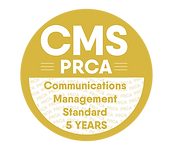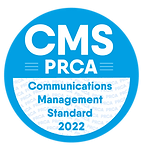Many ways to monitor local and European politics
13 October 2017 - by Denise McAnenaDeadlock is a political situation to which we in Northern Ireland have become accustomed.
Speaking at the NILGA conference on Thursday, the Secretary of State, James Brokensire MP, reaffirmed the need for progress. As the BBC’s Mark Devenport reported, emergency legislation to deal with the stalemate here could be debated in the House of Commons as early on Monday.
During last night's edition of Question Time, which was broadcast from Belfast, the DUP’s Simon Hamilton and John O’Dowd of Sinn Féin were asked to justify their respective party’s positions to an audience far beyond this part of the world.
Devenport is just one of the many journalists keeping the public up to date on the talks to restore an Executive and, according to a recent Ofcom report, live TV is the most popular service used to stay in touch with the news. The study also shows that the amount of time local adults spend watching live TV has fallen since 2010.
People are switching off their sets sooner and tuning into the radio for longer. Despite the range of ways audio content can be consumed, the influence of live radio remains significant. We, here, hold our radio stations dear, with local services accounting for 60 per cent of listening hours in Northern Ireland – more than in England, Scotland or Wales. Indeed, BBC Radio Ulster and BBC Radio Foyle have, by far, the highest weekly reach of any of the BBC's regional stations service. Just over a third of adults in Northern Ireland tune into both every week.
Whilst listening to political debate on Talkback or the country tunes of Hugo Duncan, ‘the wee man from Strabane’, we are also spending 20.3 hours online per week, mostly shopping, social networking and sending emails.
Therefore, as we await the news of the impasse being broken in both negotiations at Stormont and in Brussels, it is likely we will be informed via live TV or radio (and, of course, the Stratagem Twitter feed).








